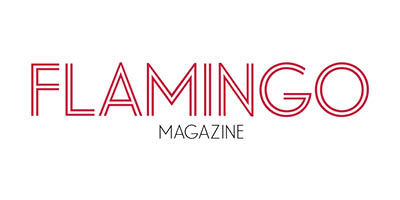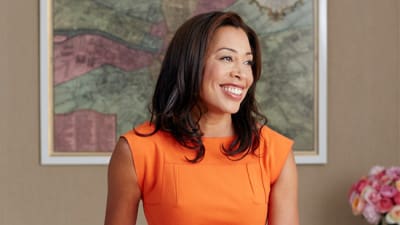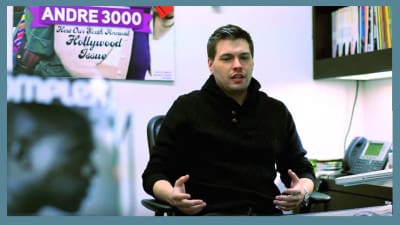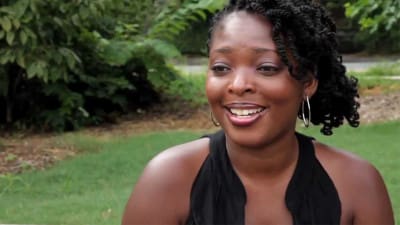
In 2001, Heather Hartle and her then-husband, Tom, relocated to San Francisco from Detroit and founded Hartle Media LLC. The pair launched 7×7, a city magazine named for the size of the Bay Area metropolis that was aimed at its “edgy” and “hipper” citizens. The pair has since divorced but continue to work side by side — almost literally — in the company’s downtown loft. Hartle serves as editorial and creative director of 7×7 and California Home Design and assists with Spin, which Hartle Media’s investment partner, McEvoy Group, purchased in 2006. In October, she spoke with mediabistro.com about launching the week before Sept. 11, transitioning the magazine to the Web, and why SF needed another city mag.
Also on Mediabistro
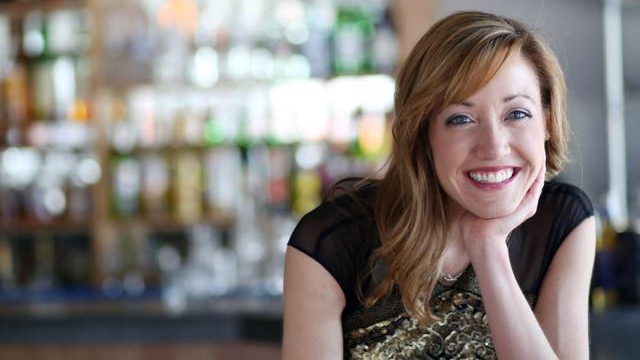

Name: Heather Hartle
Position: Co-founder, Hartle Media; editorial and creative director, 7×7 and California Home Design
Resume: Founded HOUR Media LLC in Detroit before relocating to San Francisco with her then-husband Tom.
Marital status: Divorced
You launched 7×7 the week before Sept. 11, 2001. Did you think you were going to be okay or was it ‘Oh, shit this couldn’t be a worse time’?
It was a little bit of both. It was, “Oh, shit, we couldn’t have done this at a worse time,” but with that said, the people who really wanted to stay and work — both in this city and in this industry — stayed, and we were able to get really talented people that we might not have been able to afford prior.
The city and the whole country was looking for something inspirational and aspirational, and our type of book is all about celebrating the city. Besides 9/11, there was the dot-com bust, so there was this slow melt and downturn in San Francisco, and then with September 11, the whole nation, so it worked for the best.
Now we’re in the next advertising slowdown. Are you starting to see this in print and on the Web?
We’re starting to feel it most definitely. Areas like luxury and fashion are still strong, very strong. Things like real estate — the big condo buildings and commercial real estate — are down a little bit, but we’re anticipating everyone going back a little bit more. We’re concentrating more online and the bigger programs that are attractive to advertisers there.
San Francisco already had San Francisco Magazine, which is quite similar to 7×7. They are both upscale city mags. What made you think you could compete and succeed?
San Francisco Magazine has a Bay Area-wide focus. It’s the peninsula, North Bay, and East Bay. 7×7 is named for the size of the city, seven by seven square miles. It’s San Francisco, so we felt that there was a need for a voice that spoke right to people who lived in the city — a little bit edgy, a little bit hipper, not trying to be everything to everybody. It’s really delivered to an audience that is aspirational and going out and doing the things that make the city so fabulous. And it worked. People came.
We’re very community involved. That has been one of our successes. We’ve always been grassroots. We’ve supported a lot of community groups and efforts. We really feel like we’re part of the city.
| “People traditionally think of the print magazine first and [say], ‘Oh, let’s do some Web exclusives,’ but what I’m challenging my team to do is go to the Web first and do some print exclusives.” |
What kind of community groups?
We were just big sponsors of the Academy of Sciences opening, which was a big deal across the country and across the world. [We also support] animal rescue shelters. We’ve got hundreds of charities that we are involved with.
You mentioned you’re focusing more on the Web. How are you divvying up tasks? Do you have dedicated Web staff?
We are relaunching our current Web site at the end of November. We have one main editor on the Web and everybody who writes for the magazine is starting to write for the Web as well, and then I have a pool of freelancers and bloggers who we cull the best of the best from the area and highlight their existing blogs. With the redesign of the Web site, we are also redesigning the magazine. People traditionally think of the print magazine first and [say], “Oh, let’s do some Web exclusives,” but what I’m challenging my team to do is go to the Web first and do some print exclusives. It’s going to be a different model for our editors because they aren’t used to thinking like that.
How does it work with the independent bloggers? Do they keep their “brands” under your platform?
Yes.
And do you pay them?
It’s exposure. They are looking for exposure and traffic. For those that fit within the print vehicle, they also get a column in the magazine, so they are getting some print coverage, which is really what they are after. That model has been working well, but the more I get, I don’t have that much print room.
Do you think luxury publications work as well on the Web? The first thing I notice about the print version of 7×7 is that it’s beautifully laid out and designed, and I’m not sure that comes across on a Web site.
I don’t disagree with you. I think our particular brand is so well known now for its access to the city — we bring access that no one else can get, whether it’s something as simple as party pictures, but also the restaurant news or shops opening or closing. [That’s] the service end, and that’s what we’re going to be pushing on the Web, all access, all the time. Of course, we’ll still make it beautiful and have photo galleries, but I agree with you that it’s not quite the same.
San Francisco is a tech-savvy town. Is it important to have a Web site that’s up-to-date with the latest technology? Do you get pressure from your readers and users to update with the newest features?
I haven’t really directly felt that or seen it. I think we put that pressure on ourselves. It’s funny, the first version of the Web site was over two years ago and it was very traditional thinking: “Let’s just get the print magazine online.” It wasn’t thinking that we were going to have exclusive and daily content just online. The redesign is meant so that we can really be more flexible.
Can you talk a little bit about the acquisition of Spin? What opportunities did you see in 2006? It seems like an interesting time to go into music magazines.
Yeah, I can talk about it. Just so you know, the way that the business is structured, 7×7 and California Home Design are straight out owned by Hartle Media with our investment partner. Spin is actually a little different. It’s under the McEvoy Group, which is our investment partner, so Hartle doesn’t straight up own it, but my business partner [Tom] is the president of Spin so it definitely comes through the office.
We saw the opportunity that if there’s any kind of magazine that should be online, it’s a music magazine. People aren’t waiting for music reviews once a month on the newsstand anymore. It’s instantaneous. It’s the young, active, easily branded to market that we were after and it’s been fun. It’s definitely going in the right direction.
How do you and Tom work together?
He runs more of the business side, while I run the editorial and creative side of it. He’s very much involved with Spin on a day-to-day basis and I’m 7×7 and California Home Design on a day-to-day. We cross when we need each other’s help on both.
You’re the creative director and the editorial director of both magazines. What are the advantages and disadvantages of this?
Well, the advantages are that I get to envision the final package together, how the edit and the creative — from the marketing to individual layouts — come together. I never really thought about it to be honest. I just do it. I kind of always have.
It’s fun because I get to work with, obviously because I’m an owner, the sales side extensively in coming up with the editorial calendar and what will be a good sales tool and how to execute that creatively.
How much of the design are you actually doing? Are you on the top level and then you farm it out the editors or are you coming up with the packages?
It goes both ways. Right now because of online I’m heavily involved in every part of that. On the print side, unless we are reinventing something, I just let everybody grab that theme that month and they end up pitching to me and I can say yes or no. I get very involved on the creative side from photographers to actual layout.
Noah Davis is a freelance writer living in Brooklyn, New York.
[This article has been edited for length and clarity.]
Topics:
Interviews


